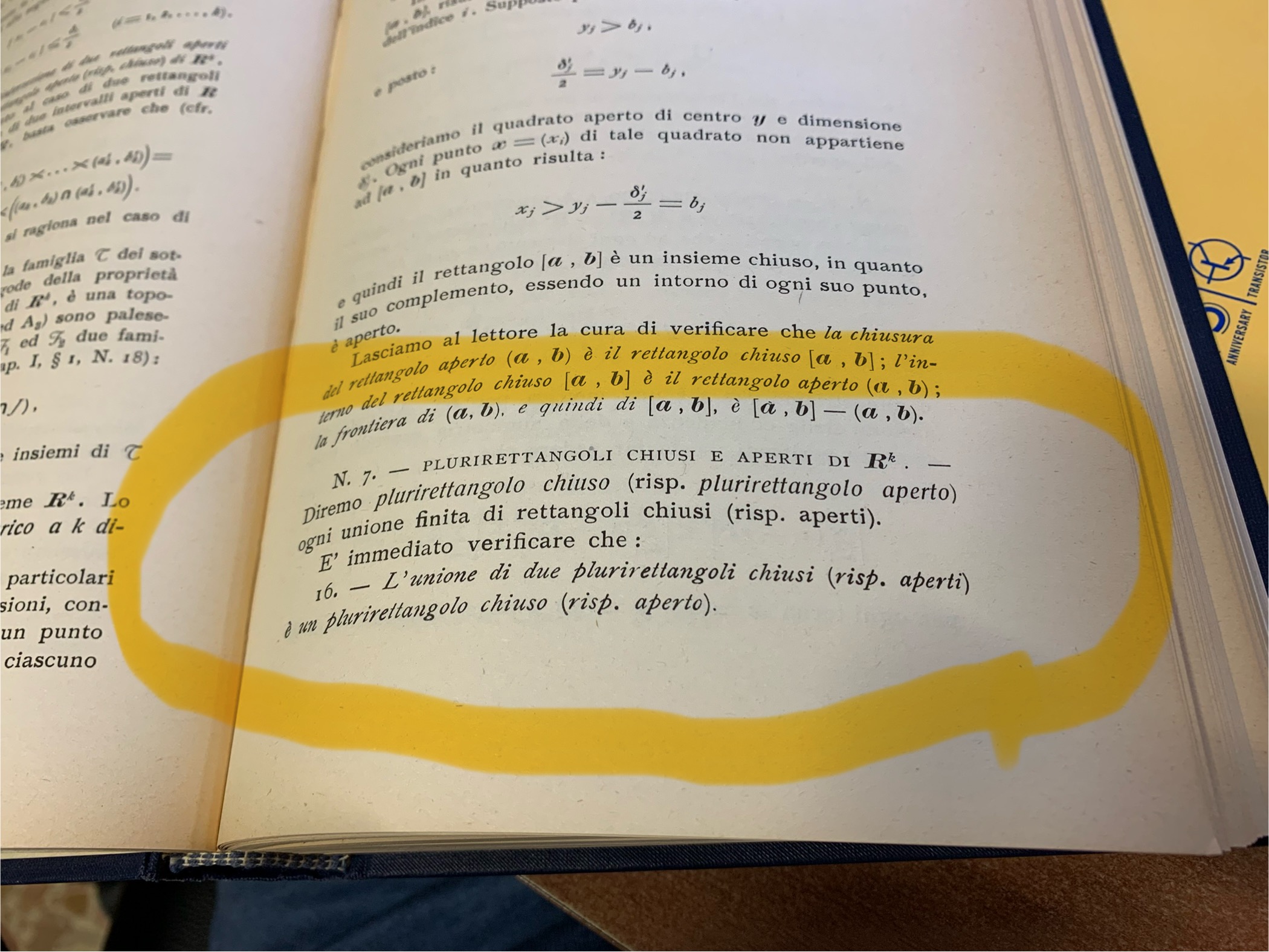The discussion in the comments has triggered my curiosity: I've done a little bit of research and I almost immediately stumbled upon the Wikipedia entry on the Peano-Jordan measure. There I found exactly the terms "simple sets" and "polyrectangles" used as synonyms for the unions of finite families of $n$-rectangles, i.e. for the set
$$
S=\bigcup_{i=1}^q C_i\quad q\in\Bbb N_{>0}
$$
where $n$ is the dimension of the Euclidean $\Bbb R^n$ considered and $C_i$ are $n$-rectangles defined as $C_i=[a_{1i}, b_{1i})\times\cdots\times[a_{ni}, b_{ni})$. However, I was not able to find where these sets are called in this way within the references stated in the relevant section of the entry: thus I started searching in my personal library. I found the locution "plurirectangles" (plurirettangoli in Italian) in the classical monograph [1], chapter II, §2.7, p. 119, as shown in the picture below:

This makes me sufficiently confident in proposing the adoption of this, somewhat traditional, terminology (i.e. plurirectangle, see the discussion in the comments by Pietro Majer and Daniele Tampieri).
Addendum. As I customarily do, when I try to be faster sacrificing precision I end up being at best badly inaccurate. The standard locution for finite unions of $k$-intervals is pluriintervals (or plurintervals if you prefer to translate so the Italian word plurintervalli): both Gaetano Fichera in his only book ([1a], chapter I, §I.12, p. 29 footnote (9)) and Carlo Miranda in his last (and recent) treatise ([2a], chapter II, §36, p. 160) use exactly this word, as shown in the following pictures:


Possibly, this settles the problem.
Reference
[1] Federico Cafiero (1959), Misura e integrazione [Measure and integration] (Italian), Monografie matematiche del Consiglio Nazionale delle Ricerche 5, Roma: Edizioni Cremonese, pp. VII+451, MR0215954, Zbl 0171.01503.
Addendum references
[1a] Gaetano Fichera, Lezioni sulle trasformazioni lineari. I.: Introduzione all’analisi lineare (Lectures on linear transformations, I.: Introduction to linear analysis), (Italian) (third reprint, 1962) Trieste: Istituto Matematico dell'Università, pp. XIX+502 (1954), MR67346, Zbl 0057.33601.
[2a] Carlo Miranda, Istituzioni di analisi funzionale lineare. Volume I (Foundations of linear functional analysis. Volume I), (Italian) Unione Matematica Italiana. Bologna: Pitagora Editrice, pp. iii+596 (1978), Zbl 0697.46001.
[2b] Carlo Miranda, Istituzioni di analisi funzionale lineare. Volume II. (Foundations of linear functional analysis. Volume II), (Italian) Unione Matematica Italiana. Bologna: Pitagora Editrice. pp. 597-748 (1979), Zbl 0697.46002.



